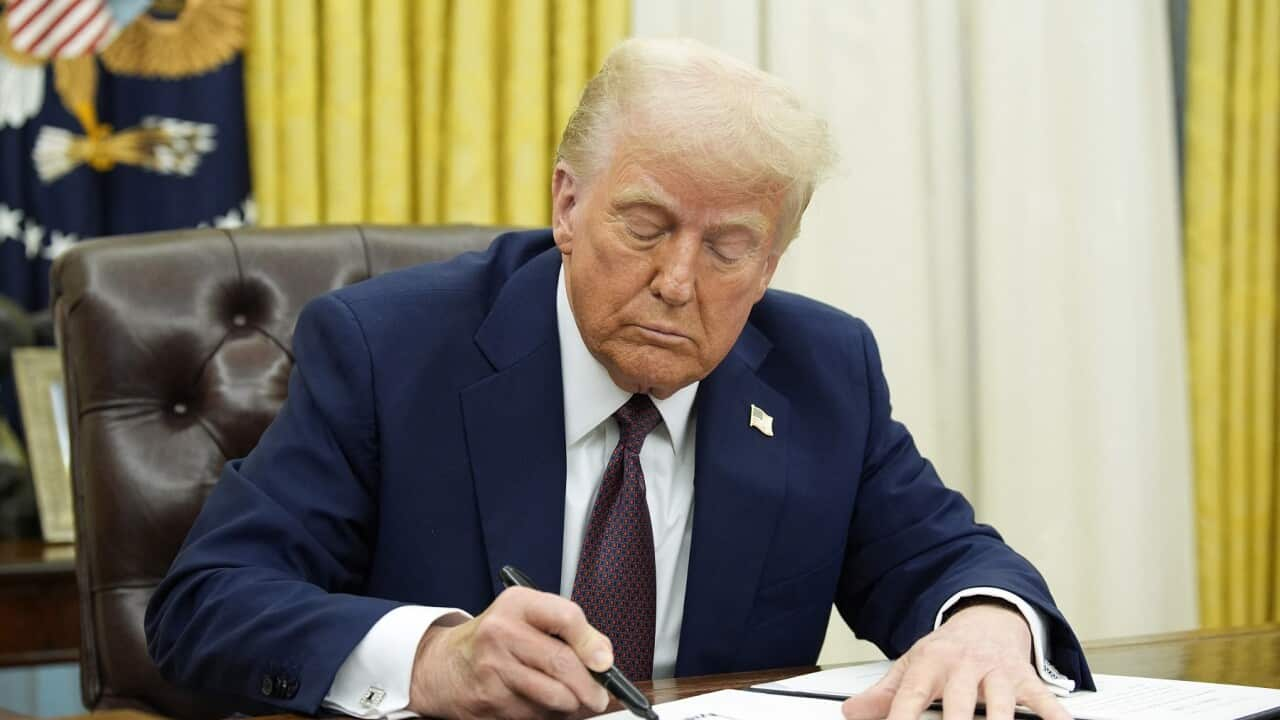TRANSCRIPT
First launched in Australia 20 years ago... the 3-G network revolutionised the way we communicate.
Considered to be the first high-speed mobile network generation, it helped paved the way for smartphone... making it possible to browse the internet, watch television, and make video calls.
Dr Faraz Hasan is a telecommunications expert at the University of New England.
"3G essentially introduced fast internet browsing on people's phones and set the stage for the development of innovative applications that we use today. Without So 3G can be viewed as the foundation on which further progress of mobile phone technology was based."
Now, the 3-G network is set to shutdown across Australia to boost the capacity of the 4-G and 5-G networks.
Australia’s mobile network operators have been preparing to retire their networks since 2019.
Dr Faycal [[Fay-sell] Bouhafs is from the University of New South Wales School of Systems and Computing.
"It was bound to happen. Many countries around the world are already doing that. If you switch onto 4G and 5G you will have better performance, better quality of service is terms of connectivity.
While T-P-G - which owns Vodafone - made the move in January , Telstra plans to retire its 3-G network at the end of August, and Optus in September
It's not just mobile phones that are affected- tablets, smart watches, EFTPOS machines, fire alarms and medical equipment that relies on 3-G will also be impacted... and so, Australians are being urged to check their devices
Faraz Hasan says major concern is that people will be unable to make emergency calls
"There are some 4G devices that are configured by their manufacturers to switch back to 3G when they're making triple zero calls. So what we need to do is check whether the mobile phones we are using are compatible with 4G technology or not. If my phone is not compatible with 4G or 5G, I'll need to replace that."
Affected mobiles are typically those manufactured prior to 2019, but Louise Hyland, Chief Executive of the Australian Mobile Telecommunication Association, says other devices may also been impacted.
"There are certain phones bought overseas that may not be supported on the Australian networks. There's also a grey market that exists for phones and they may not be compliant with Australian standards."
So how do you know if you'll need an upgrade?
Telstra and Optus customers can text “3” to the number ‘3-4-9-8’ and you'll receive a reply informing you whether or not your device will need to be replaced.
Ms Hyland says the Australian Mobile Telecommunications Association has also developed a web-based tool.
“We've set up at website at 3Gclosure.com.au and go to that website to find out all the information you need to know to make an informed decision. The website is set up in 11 languages, including Arabic, Greek, Hindi and Mandarin.”
If you do need a replacement, and are concerned about the cost - you're advised to contact your provider.
And people who have old 3-G phones they can no longer use are being urged to recycle them.













